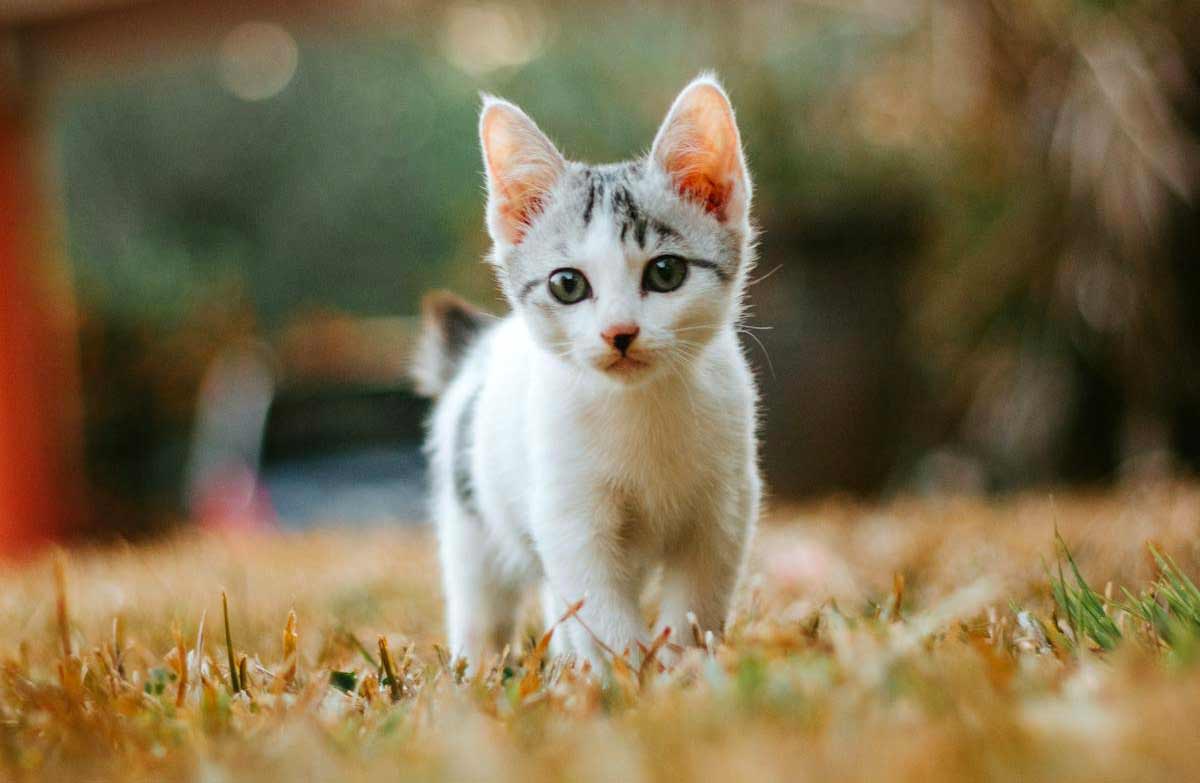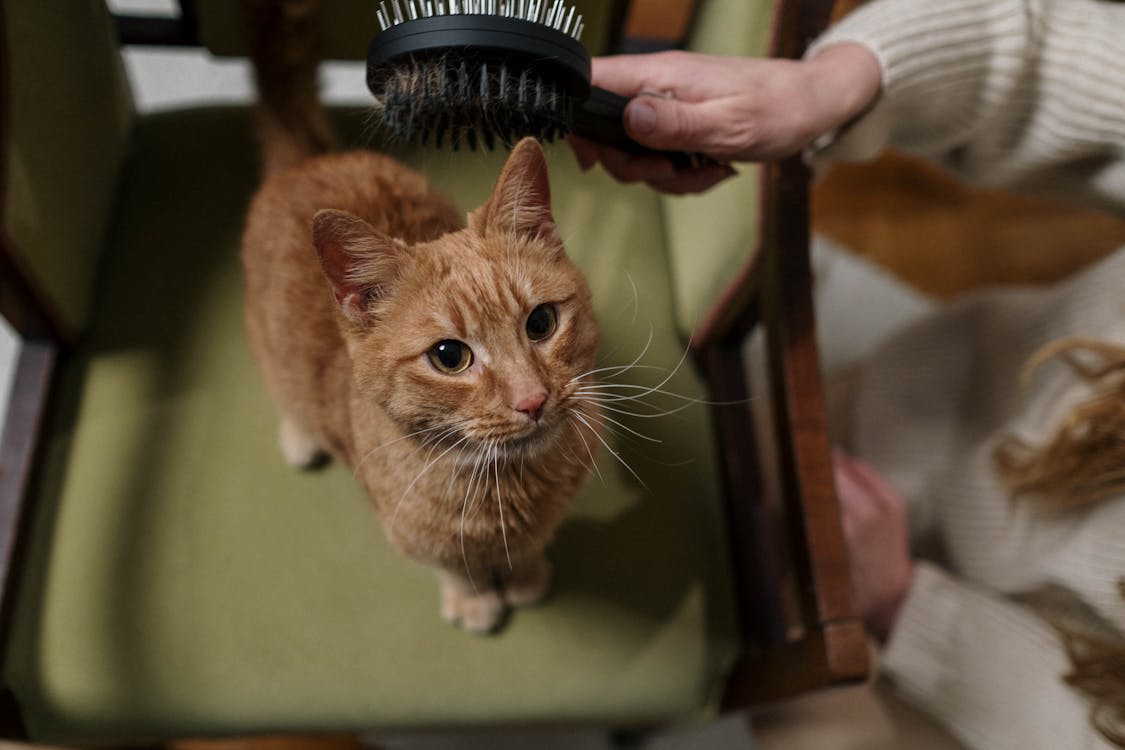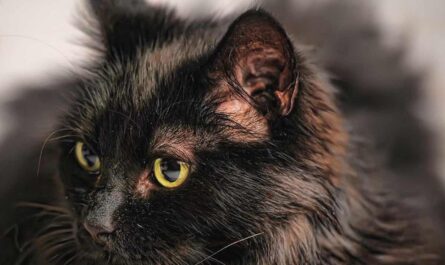How often should I brush my cat? Have you ever gazed upon your living room floor, only to be met with a scene reminiscent of a tumbleweed rolling through a Western movie – except this tumbleweed is composed entirely of your cat’s fur? If so, you’re certainly not alone. Cat shedding can be a constant battle for many feline companions, leaving us entangled in a never-ending cycle of lint rollers and frantic vacuuming sessions.
But fear not, fellow cat guardians! The secret weapon in your fight against fur is a simple yet powerful tool – the humble cat brush. Regular brushing isn’t just about keeping your home fur-free; it’s a fantastic way to promote your cat’s health and well-being while strengthening the bond between you.
This comprehensive guide is your one-stop shop for everything you need to know about brushing your cat. We’ll delve into the numerous benefits of this essential grooming routine, explore the factors that influence how often you should brush your feline friend, and equip you with step-by-step instructions for proper brushing techniques. We’ll also address common challenges and concerns you might have and offer helpful tips to transform brushing into a positive experience for both you and your cat.
Get ready to unlock the secrets to a healthier, happier cat, and a significantly less furry living environment!
Preview: A Glimpse into What Awaits
Throughout this guide, we’ll embark on a brushing adventure, exploring the following key aspects:
-
The Purrfect Benefits of Brushing: We’ll dive deep into the many advantages of regular brushing, from promoting healthy skin and coat to reducing hairballs and strengthening the bond between you and your cat.
-
Brushing Frequency: A Tailored Approach: Not all cats are created equal! We’ll explore the various factors that influence how often you should brush your cat, ensuring a personalized grooming routine.
-
Brushing Techniques for All Coat Types: From the majestic mane of a Persian to the sleek coat of a Siamese, we’ll provide detailed instructions on proper brushing techniques for different fur lengths and textures.
-
Taming the Brushing Beast: Let’s face it, some cats aren’t exactly thrilled with the idea of brushing. We’ll address common challenges and offer solutions to make brushing a positive experience for your feline companion.
-
Turning Brushing into Bonding Time: Discover how to transform brushing time from a chore into a cherished moment of connection with your furry friend.
Brushing for Bliss: Tips and Tricks for a Happy Cat
Brushing your cat isn’t just about keeping their fur looking sleek and fabulous (though let’s be honest, that doesn’t hurt!). Regular brushing offers a multitude of benefits for both your feline friend and yourself. It removes loose hair and dead skin cells, preventing uncomfortable mats and tangles. It helps distribute natural oils, leaving your cat’s coat healthy and shiny. And perhaps most importantly, it creates a precious opportunity for bonding and strengthening the connection between you and your furry companion.
But how do you transform brushing time from a battle of wills into a blissful experience for both of you? Here are some tips and tricks to make brushing a positive and enjoyable routine for your cat:
Positive Reinforcement: The Key to Brushing Bliss
The golden rule of cat care? Positive reinforcement is your best friend! This applies especially to brushing. By associating brushing with positive experiences, you can turn your once-dreaded task into a purr-fect bonding session.
-
Treat Time: Entice your cat with their favorite treats throughout the brushing session. Think of these treats as little rewards for good behavior, keeping your feline friend engaged and happy. Scatter a few kibbles on a scratching post or nearby mat to distract them while you focus on harder-to-reach areas.
-
Praise Power: Words of affirmation go a long way with our feline companions! Shower your cat with praise and affection as you brush. A gentle “good kitty” or a head scratch can work wonders in creating a positive association with brushing. Cat accessories on Amazon
-
The Magic of Catnip: For some cats, a sprinkle of catnip can be the ultimate motivator. Rub a catnip toy or a pinch of the dried herb on the brush before starting. The enticing scent can turn your brush into an irresistible toy, making brushing time a fun and playful experience.
Remember: Be patient and understanding. Some cats might take longer to warm up to the idea of brushing. Start slow, with short, positive sessions, and gradually increase the duration as your cat becomes more comfortable.
Short and Sweet Sessions: Keeping Boredom at Bay
Cats are creatures of habit, but they also have a short attention span. The key to successful brushing is keeping the sessions short and sweet. Aim for 5-10 minute brushing sessions, two to three times a week. This frequent, short-burst approach is more effective than lengthy, infrequent sessions that might lead to boredom or frustration for your cat.
Think of brushing as a quick and enjoyable pampering session for your feline friend. A few minutes of focused attention, combined with positive reinforcement, can go a long way in keeping your cat happy and their coat healthy.
Brushing as Bonding Time: Strengthening Your Connection
Brushing your cat isn’t just about grooming; it’s a wonderful opportunity to strengthen the connection you share with your furry companion. As you gently brush away loose fur and massage its soft fur, you create a sense of calm and relaxation for your cat.
This quiet, focused time allows you to observe your cat’s body language and overall health. You can check for any lumps, bumps, or skin irritations that might require a visit to the veterinarian. Brushing becomes a form of preventive care, allowing you to identify any potential health concerns early on. Fitness – Meditation – Diet – Weight Loss – Healthy Living – Yoga
Most importantly, brushing fosters a sense of trust and affection between you and your cat. The gentle touch, the soothing strokes, and the positive reinforcement create a positive association with your presence. Brushing becomes a ritual of love and care, reinforcing the deep bond you share with your feline friend.
Rewarding Relaxation: Calm is the New Cool
Cats thrive in peaceful environments. The brushing experience should be a relaxing and enjoyable one for both of you. Reward your cat for calm and cooperative behavior during brushing. A gentle head scratch, a soft word of praise, or an extra-special treat can go a long way in reinforcing the positive aspects of brushing.
If your cat becomes agitated or tries to wriggle free, take a break! Forcing the issue will only create a negative association with brushing. End the session on a positive note, with praise and a treat, and try again later. With patience, positive reinforcement, and these helpful tips, you can transform brushing time into a purr-fect bonding experience for you and your happy cat.
Other Interesting Articles
- How To Take Care of A Baby Kitten 2 Weeks Old: 6-Step Guide
- 20 Famous People and Legends Who Loved & Had Pet Cats
- How To Tell If A Cat is Male/Boy or Female/Girl: Tips, Guide
- A Guide to Socializing Shy, Frightened, or Traumatized Cats
- How to Stop A Cat From Spraying Indoors: Home Remedies
- How to Help Cats Get Along with a Kitten Step-By-Step
- How To Tell If Your Cat Has A Triple Coat: 7 Simple Steps
- How To Tell If Your Cat Has Down Syndrome: Signs & Myths
- 11 Signs Your Cat is a Girl: Tips To Distinguish A Female Cat
- Petting A Shy Cat: A How-To Guide, Tips, Dos, Don’ts, FAQs
- How To Tell If Your Cat Has Fleas: Best Tips To Take Care
- How To Tell If Your Cat Can’t Hear: 10 Tips To Help A Deaf Cat
- Why is My Cat Making A Weird Vibrating Noise: What To Do
- How To Tell If A Shy Cat Likes You: 14 Signs To Observe
- How To Stop A Cat From Spraying Outside: 20 Tips To Try
- How To Tell If My Cat is in Pain After Surgery: 17 Implied Signs
- How to Take Care of A Kitten For the First Time: 20 Tips
- 20 Prohibited Things You Should NEVER Do To Your Pet Cat
- What to Know Before Getting a Second Cat: Tips & Guide
- What Scents and Smells Do Cats Hate? How To Deal With




